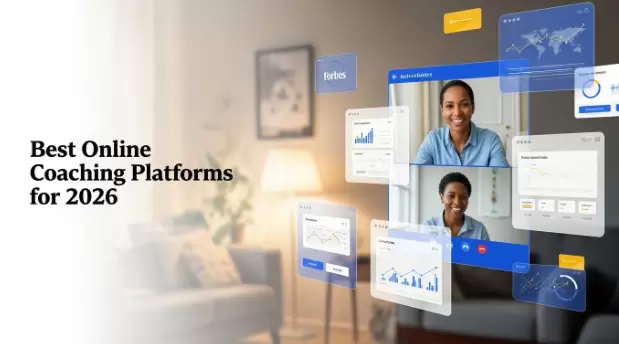For the vast majority of apps, user acquisition is considered to be just a small aspect of the entire app marketing. For app marketing, the more important thing is maintaining user retention and user engagement. According to most studies, the vast majority of users just stop using an app within a maximum of 3 months after downloading.
So, what are the tried & tested ways to ensure app retention? How to retain app users for maximum time? Here we explain some helpful tips.
Ensuring smooth onboarding
To make app users engaged, it's critical to offer a lean and smooth onboarding process. The principal way to do this is to establish the value proposition and prevent unnecessary attributes. When you hire remote developers from India, you can get their huge experience in creating superior onboarding experience. Remember, providing too much information to a first-time user can prove to be a barrier to user retention.
Here are some onboarding tips.
- Just give focus to one key value proposition of the app while communicating with first-time users.
- For users landing on an app-only, highlight the key app features and help new users quickly understand how they can use the app.
- When asking users to provide information, explain why you need this and how it can add value to their user experience.
- Make the onboarding quick to allow users to do what they need to do with the app.
- Optimize the signup process to make sure users can finish with this as soon as possible. Allow social login and guest login options.
Use retargeting campaigns
After downloading and using the app for some time, many app users who just stopped using it can be won back easily by carefully orchestrated retargeting campaigns. Retargeting should be given a key focus for a mobile app development company in Illinois with limited outreach. Such retargeting campaigns can help reengage the inactive users and bring back their interest in the respective app.
Here are some tips for doing this.
- Get help from an analytics tool to detect inactive users.
- Make a lucrative campaign offer for these users.
- Bring them important app updates and the latest happenings and offerings from the app.
Make use of push notifications effectively.
It is important to keep track of user engagement through an Activity Feed. This can keep the app users still engaged when they are using the app. But when the users are not using the app, the most effective way to bring back the inactive users is using push notifications.
There are times when even a small nudge can make a player get back to the game with the same gusto or enthusiasm. Session in the game. In the case of other apps also, push notifications in various measures can be helpful to get back customers. The core idea behind such retargeting through notifications is to bring back their interest in the app by making them remember the good things they had as a user.
Push notifications are particularly used very creatively by game apps to bring back the players. For example, an app like Fancy Dogs makes use of push notifications to allow their players to see the new things in their activity feed. As there are too many apps, it is often important to make users remember where they have left off an app.
Ensure ease of sharing content and inviting other users
The app should also help users incorporate their social circles and near and dear ones to boost user loyalty and user retention. Moreover, when the users have their friends and family on the app, they can continue chatting with them without switching to other chat apps. The huge success of games like PubG can mainly be attributed to this integrated chat feature.
Apart from integrated chat and social messaging features, an app also needs to extensively use the Social Invites feature as part of the referral marketing strategy. By easily inviting their friends and family through social invite features, their participation and engagement with the app also increase substantially.
Personalized user experience
Finally, the personalized user experience remains a key aspect of the app engagement strategy. Personalization in the context of mobile apps is basically about providing a user experience that perfectly aligns with the user's needs and expectations.
There are several many ways to achieve this personalization. You can always begin by adding the user's name and personal details to address them very personally.
Every aspect of the user experience can be tweaked with personalized attributes. You can even personalize push notifications with messages curtailed to audience requirements, preferences and tastes. This personalization through push notification messages and other attributes can be best achieved by incorporating data-driven insights corresponding to user behavior, location, etc.
A most common way to use personalization is to send user-specific messages based upon the user's location. Apart from location, other considerations can also be brought in to personalize communication-based upon user context. Personalized app communication just sends the right message when users are in need of any of the app features or offerings.
Conclusion
According to most studies, the vast majority of apps and mobile game apps just lose the majority of the users after three months of downloading the app. This mostly happens because most of these apps lack a robust retention and engagement strategy. This is one crucial area where we need to focus on ensuring that app users return and continue using the app.
If you don't want to meet the same fate and want to achieve optimum user retention, always focus on the same before considering new user acquisition with priority. The more you keep users coming back and spending more time every session, the fewer chances for churning and losing users.


 Table of Content
Table of Content










